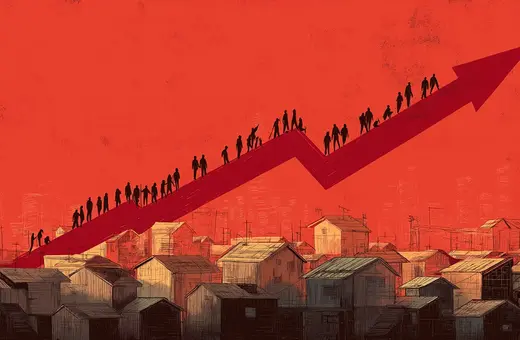The relative price stability after 2008 has come to an abrupt end throughout the West. Despite the usual suspects of supply shocks and wage pressure, a new source of inflation has been blamed for the current crisis. That of 'greedflation'. Both the IMF and ECB have blamed excess profiteering for the current levels of inflation, but this runs counter to economic logic. Professor Paul Middleditch argues that greedflation is a convenient excuse for central bank failures over the last decade and that they need to re-capture the element of surprise to prevent a crisis.
Over the last couple of months, we have heard from some of our most prominent institutions on the subject and causes of the recent episode of high and persistent inflation faced by economies around the globe. With inflation at levels not seen since the 1980s, policymakers and politicians are naturally looking for explanations for the length of time it has taken to quell the rising price levels; some central banks have fared better than others in quelling that inflation.
The latest candidate for the possible contributing factors is that of ‘Greedflation’; a form of profiteering by companies using the volatile environment of fast rising prices to opportunistically prop up profit margins. On the face of it, this reason for inflation persistence seems plausible. You might imagine that producers will wait to break out from a nervous position of passing on costs to act under the covered position of safety in numbers. This theory of inflation persistence is bothering me somewhat, for the reason that it is a little too convenient; institutions tend to take the blame for everything these days, and besides it goes against established economic thinking.
An early course in economics will teach us a basic principle that, in a perfectly competitive market, increasing a price is a bit like committing sales suicide. As soon as the price peaks above the market marginal revenue line, all sales will be lost to the competition very quickly. Of course, perfect competition is an extreme position, but not so far-fetched if you imagine that we live in a world populated by competitive markets. Firms naturally want to avoid the dangerous undertaking of raising prices and losing market share. Producers would have to act in perfect unity to raise prices and succeed in raising margins as a result.
___
Behind Greedflation, there must exist an assumption of sudden and prolific monopoly power.
___
Of course, it is possible; that our producers are colluding to uniformly increase prices despite the risks of detection; but in my opinion very unlikely. Firms tend to increase costs when there is no alternative; though I sometimes suspect that they are slow to reduce them back again once the initial supply shocks have subsided. We see this often when we buy fuel for our cars; when the oil price increases, retailers are quick to increase prices; but the converse is rarely true. Prices are sticky downward in my experience and I am sure this is a common observation.
 SUGGESTED READING
The real cause of inflation
By Charles Goodhart
SUGGESTED READING
The real cause of inflation
By Charles Goodhart





















Join the conversation